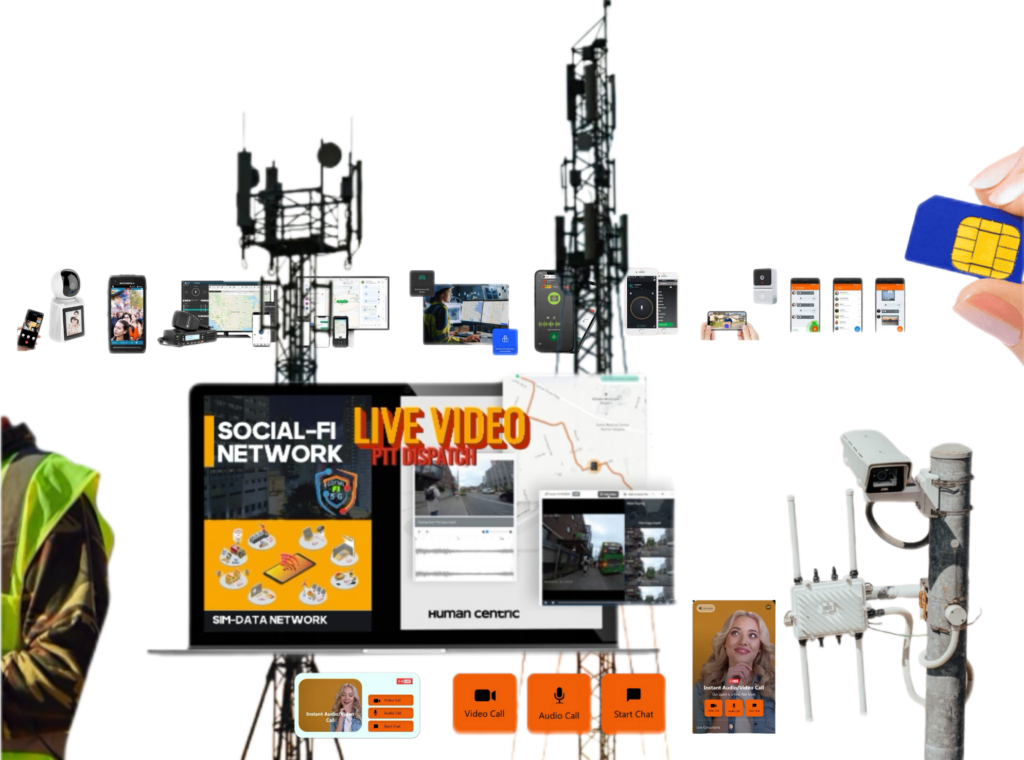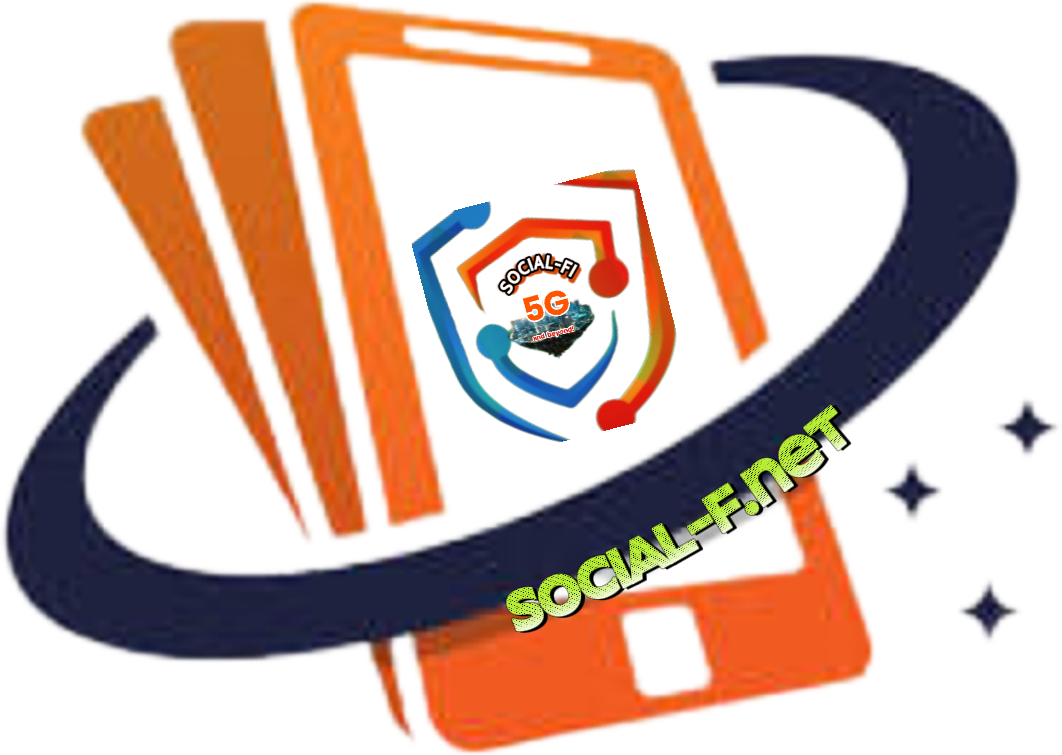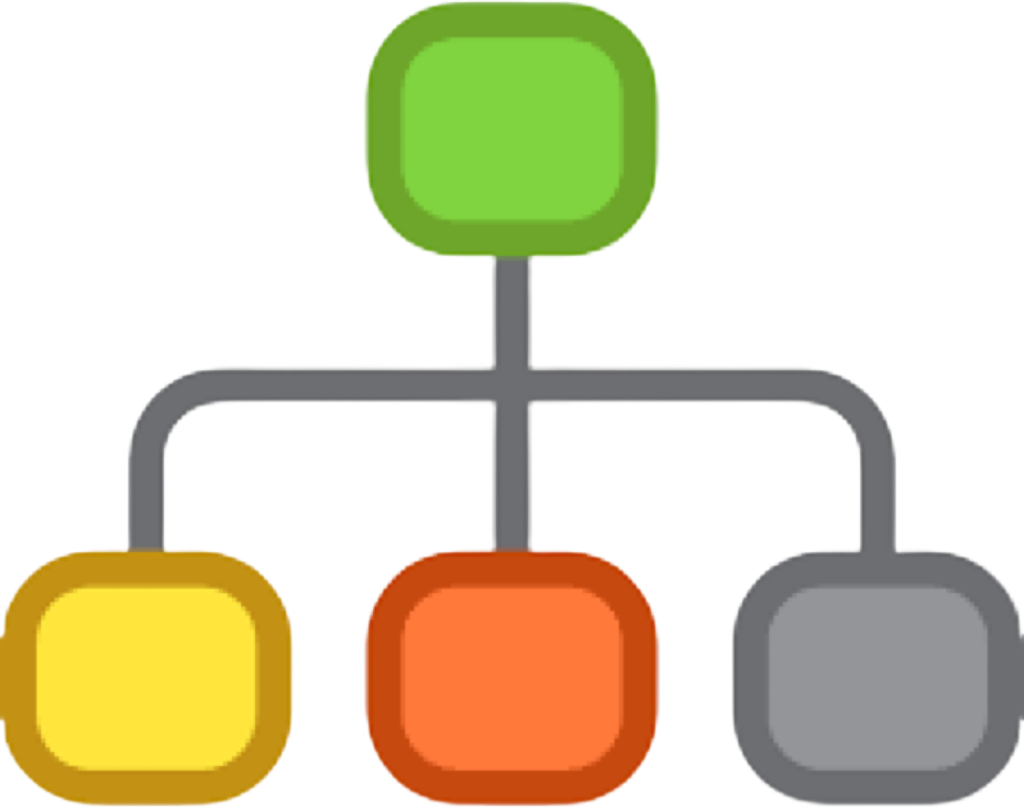What is Push Talk?

Push to talk is a communication method used by teams or organizations that need to coordinate closely. Historically, push-to-talk communication was voice-only, but now the technology includes much more. Below, we’ll explain how push-to-talk works, both in the past and today, plus the best ways to use push-to-talk technology and how to choose a push-to-talk provider.
Push-to-talk works by enabling a person to push a button on a handheld device and instantly transmit messages to one or many people at once. Users press and hold the button to talk, then let go to listen.
Traditional push-to-talk solutions include two-way radios (invented in the 1940s), which require users to purchase and set up their own network equipment as well as apply for operating licenses. Because of today’s enormous demand for push-to-talk, radios are now considered insufficient for critical communication
Walkie-Talkies: The Consumer Example
Consumers are often familiar with push-to-talk walkie-talkies, which look and operate much like two-way radios but are built with less powerful technology. Walkie talkies typically fail quickly in business settings because of extremely short communications range, unstable audio quality, and other limitations similar to two-way radios.

Push-to-Talk Apps: Simple Digital Solution
A relatively recent push-to-talk solution is a simple push-to-talk app that enables users to communicate via push-to-talk on their mobile devices with their own cellular or Wi-Fi connection. However, most PTT apps typically don’t offer encryption or specialized functions that professional organizations require.
Modern push-to-talk solutions, including Orion’s PTT 2.0 platform, solve these common problems with push-to-talk.
How Does Modern Push-to-Talk Work?
There are many modern push-to-talk solutions that have improved upon traditional push-to-talk for businesses and organizations. At a minimum, these typically include:

- Communication over any network and any distance, without installing special network equipment or applying for licenses
- Multimedia sharing of text, photos, videos, and files in addition to voice messages
- Mapping and real-time location to help users see where other users are
This category of push-to-talk solutions is called PTT 1.0 and consider them basic to any professional push-to-talk app. But push-to-talk technology today can deliver so much more.
Push-to-Talk 2.0
Push-to-talk 2.0 (PTT 2.0), the next generation of push-to-talk, is powered by Voice AI Bots and platform integrations. In addition to voice communication and all the benefits of PTT 1.0, Voice AI Bots deliver superpowers beyond traditional radios and simple push-to-talk apps. These Voice Bots:
- Provide value-added services like real-time bi-directional language translation and transcription
- Voice-automate routine work to make frontline teams more productive
- React faster and more accurately in critical situations such as an emergency
PTT 2.0 technology also comes standard with end-to-end encryption (E2EE) and can be deployed over public networks (the Internet), private cloud networks, or on-site at a specific set of locations.
Multi-Device Push-To-Talk App
Multi-device push-to-talk apps are apps that work on any device, including Android or iOS smartphones, mobile devices with integrated PTT buttons, and accessories like speaker mics and headsets.
Push-To-Talk Walkie Talkie
Push-to-talk walkie-talkies that most people are familiar with, as we covered earlier, aren’t built for business use cases or government organizations like public safety teams.
However, there are modern devices similar to push-to-talk walkie-talkies that can meet the requirements of today’s enterprise.
Why Choose Push-To-Talk for Your Organization?
Push-to-talk is an ideal communication method for 80% of the global workforce. Specifically, this means deskless workers, described simply as workers who don’t work at desks. Because push-to-talk is a voice-first communication method, it enables deskless workers to get their jobs done without losing focus on their tasks.

Industries that rely on push-to-talk communication include: transportation, security, defense and intelligence, hospitality, facilities services, retail, manufacturing, logistics, aerospace, mining, energy, and more.
What to Look For in a Push-to-Talk Service Provider
The best push-to-talk service providers will help your organization modernize its communication and build a path to innovation and digital transformation.
- Coverage (communications range) and audio quality
- Security and encryption
- Multimedia message support
- Device support and interoperability
- Deployment options
- Automation
- And a lot more!


